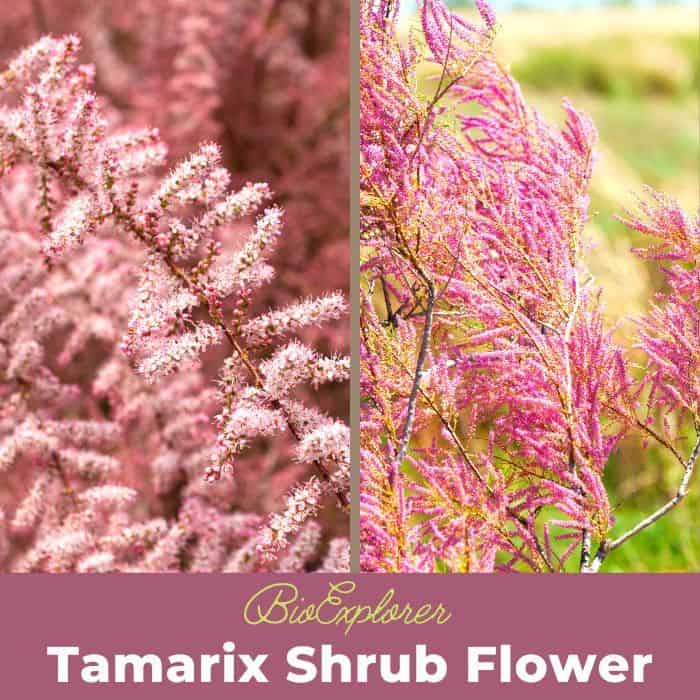- Plant Type: Shrubs or small trees.
- Common Names: Tamarix shrubs, Salt Cedar.
- Color: White, pink, purple.
- Flower Dimensions: 0.04- 0.08 by 0.02 inches.
- Flowering Season: Early summer.
- Deserts with Tamarix Shrubs: Junggar Basin Region of the Gobi and Sahara.


















